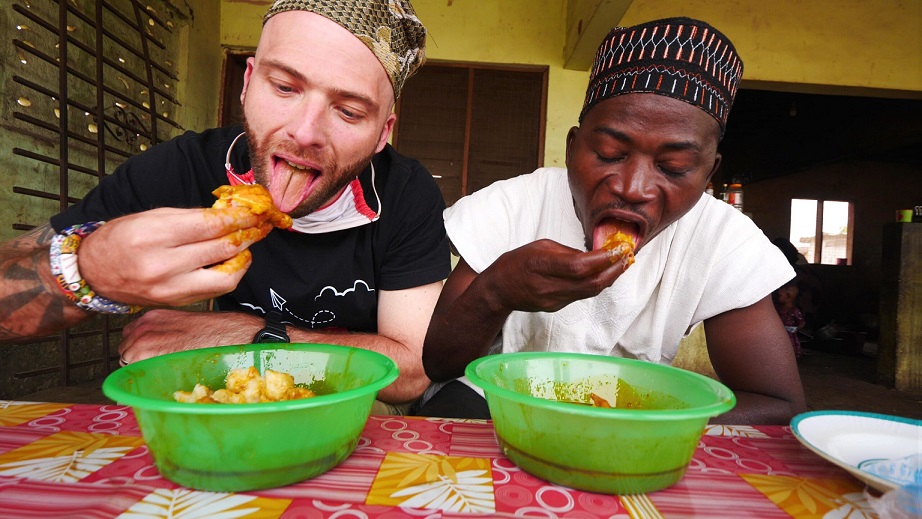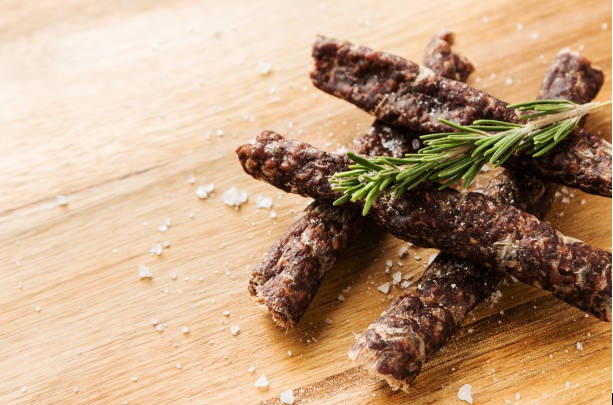The Sweet Essence of India
India’s culinary landscape is a delightful mosaic, and sweets hold a special place in this rich heritage. From the aromatic ghee-laden laddoos of North India to the delicate, syrup-soaked rasgullas of the East, every region boasts its signature confections. Sweets play an essential role in festivals, religious rituals, and personal milestones, signifying joy, devotion, and prosperity. The ingredients and preparation techniques vary widely, influenced by local traditions and seasonal availability. For those looking to indulge in authentic Indian sweets, they can order sweets online in India offers a convenient way to enjoy these cherished delights.
Rituals, Offerings, and Symbolism
Sweets in India are deeply intertwined with religious and cultural customs. Many traditional sweets are first offered to deities as prasadam before being shared among devotees, reinforcing their sacred significance. Boondi laddoos, for instance, are distributed at weddings and religious ceremonies, symbolizing good fortune and blessings. Seasonal sweets like pithas are made during harvest festivals such as Makar Sankranti and Bihu, marking the celebration of abundance and gratitude. These practices highlight how sweets transcend mere indulgence, becoming integral to spiritual and social traditions. Couples receiving wedding gifts for couples in India often find sweets included, reinforcing their auspicious nature.
Regional Specialties: A Bite into India’s Diversity
India’s vast geography and cultural diversity are reflected in its myriad sweets. In North India, desserts like laddoos and jalebis are rich in ghee and sugar, offering deep, comforting flavors. South India presents a contrasting taste with Mysore Pak and adhirasam, known for their unique textures and aromatic ingredients. The eastern regions take pride in their dairy-based sweets, including the iconic rasgulla, sandesh, and pithas. Meanwhile, the West enjoys creamy, milk-based treats such as basundi and shrikhand. The availability of local ingredients, whether coconut in coastal areas or jaggery in villages, significantly shapes the character of these sweets.
Sweets in Festivals: More Than Just a Treat
Festivals in India are incomplete without their signature sweets. Modaks, believed to be Lord Ganesha’s favorite, are central to Ganesh Chaturthi celebrations. During Holi, families prepare gujiyas, stuffed with sweetened khoya and dry fruits, while Onam features payasam, a traditional South Indian dessert. These sweets not only enhance the festive spirit but also symbolize prosperity, devotion, and communal harmony. Passed down through generations, the preparation of these confections strengthens familial bonds and preserves ancestral traditions, ensuring that the cultural essence of each festival remains intact.
The Role of Sweets in Social and Family Traditions
Beyond religious and festival contexts, sweets play an essential role in Indian social customs. They are exchanged during life events such as births, weddings, and housewarming ceremonies, marking joyous milestones. The tradition of making sweets at home fosters familial bonds, as recipes are lovingly passed down through generations. In contemporary times, while many opt for store-bought or fusion sweets, the cultural essence remains intact. Sweets continue to serve as a medium of love and togetherness, maintaining their status as an indispensable part of Indian traditions.
Conclusion: A Legacy of Sweet Traditions
Despite the evolution of culinary trends, traditional Indian sweets retain their cultural and emotional significance. They act as a bridge between the past and present, ensuring that ancestral customs remain alive in the modern world. Whether enjoyed at a festival, a religious offering, or a family celebration, sweets remain a symbol of joy, unity, and heritage. From the ghee-rich laddoos of the North to the delicate pithas of the East, Indian sweets continue to tell the story of a nation bound by tradition and love. Their enduring legacy ensures that, no matter the changes in society, the sweetness of India’s cultural tapestry will always be celebrated.



